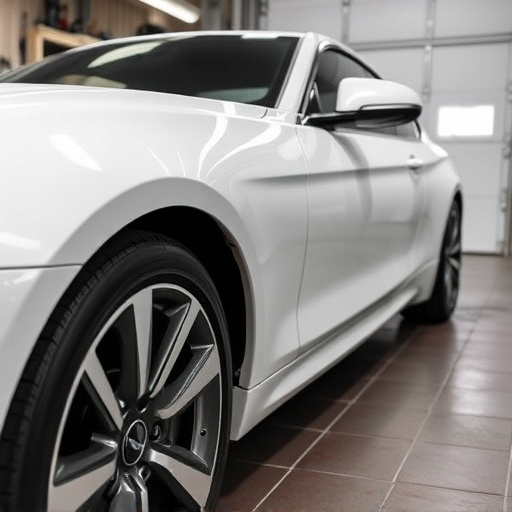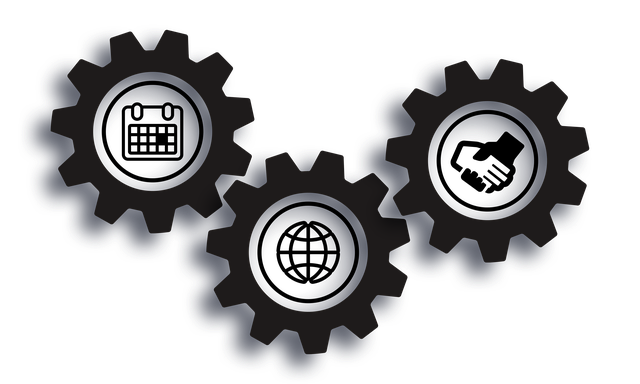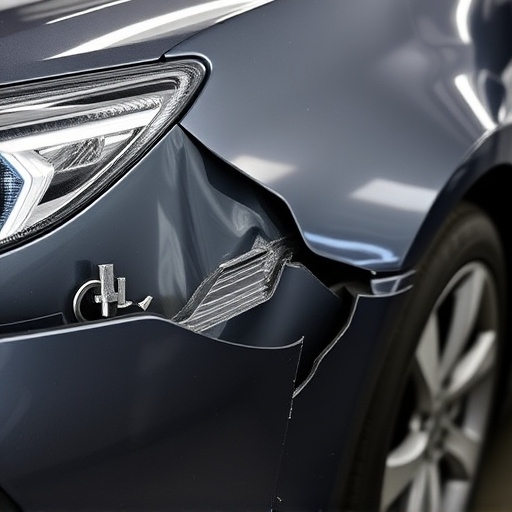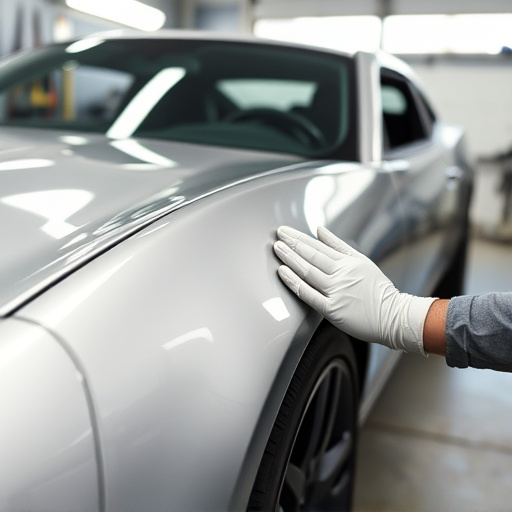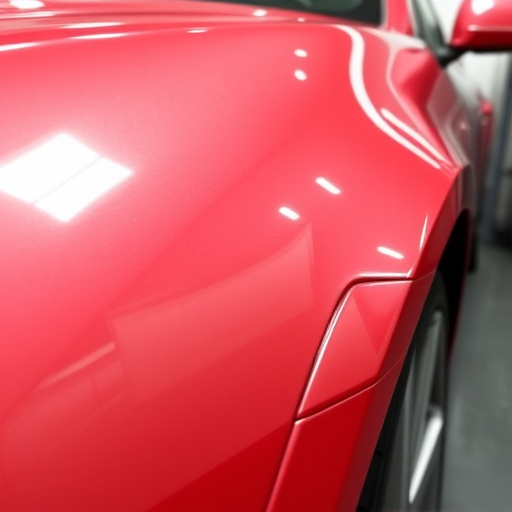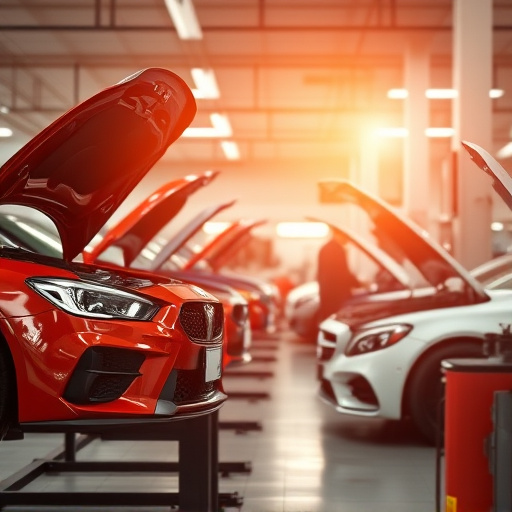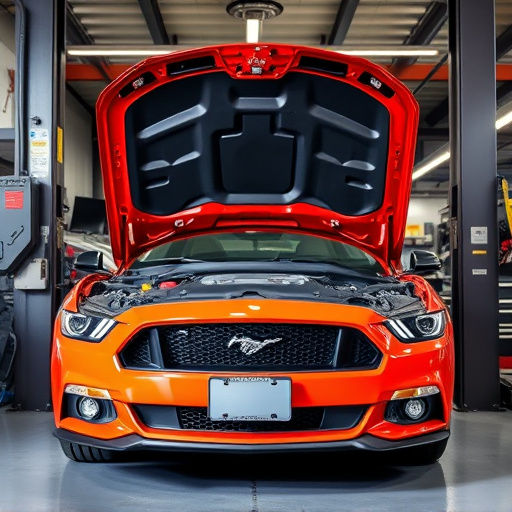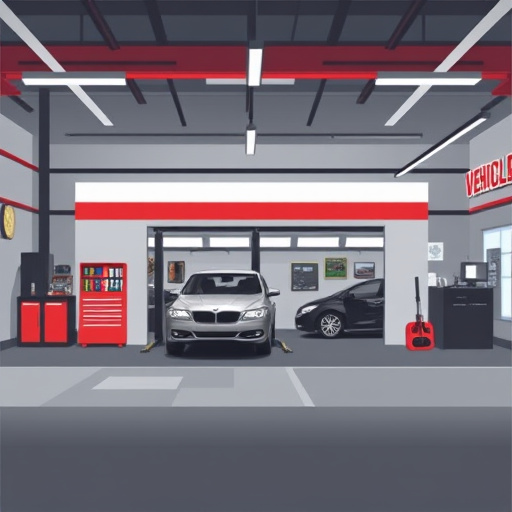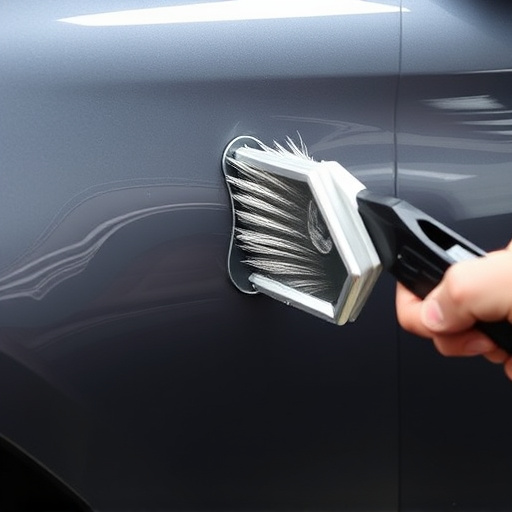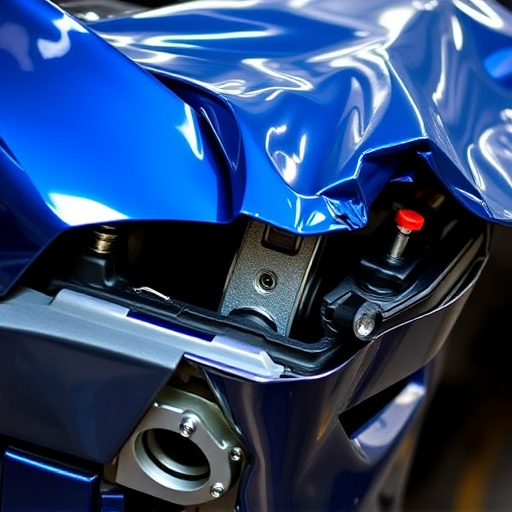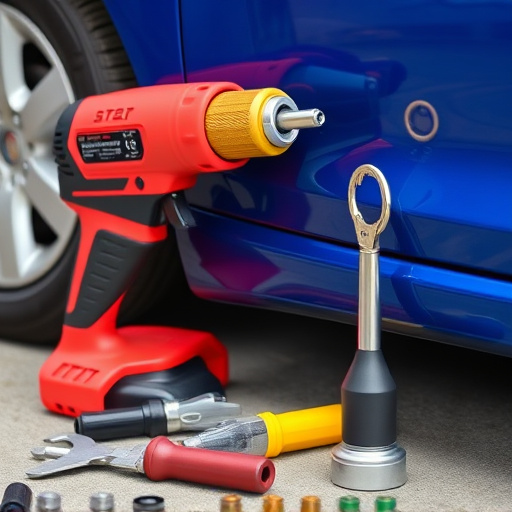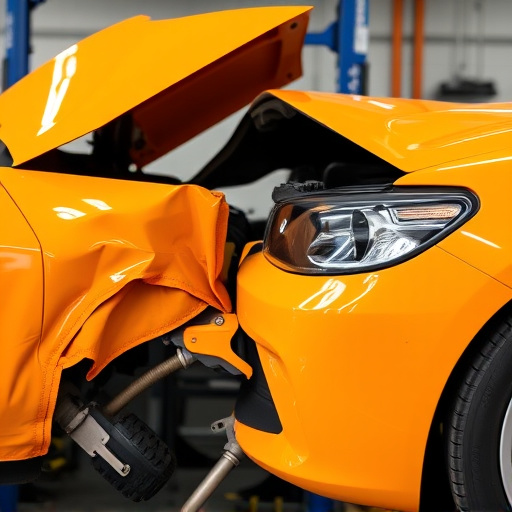Aluminum body components offer superior corrosion resistance due to their protective oxide layer, eliminating rust and decay. This property reduces the need for coatings, making aluminum a lightweight choice for automotive applications that enhance performance while maintaining durability. The self-healing oxide layer ensures continuous protection, even after damage, providing reliable structural integrity in demanding environments. Strategic alloy selections and modern coatings further improve aluminum's durability, making it an ideal material for exterior car bodywork, hail damage repair, and collision repair, offering long-lasting aesthetics and cost-effective solutions.
Aluminum body components have revolutionized automotive design, offering lightweight solutions without compromising strength. This article delves into the remarkable corrosion resistance inherent in aluminum, exploring its natural defenses against rust. We’ll highlight common aluminum body parts and their critical functions, then focus on advanced coatings and alloy selections that further enhance durability. Discover how these innovations ensure long-lasting performance for your vehicle’s aluminum components.
- Understanding Aluminum's Natural Corrosion Resistance
- Common Aluminum Body Components and Their Roles
- Enhanced Durability: Coatings and Alloy Choices for Aluminum Body Components
Understanding Aluminum's Natural Corrosion Resistance
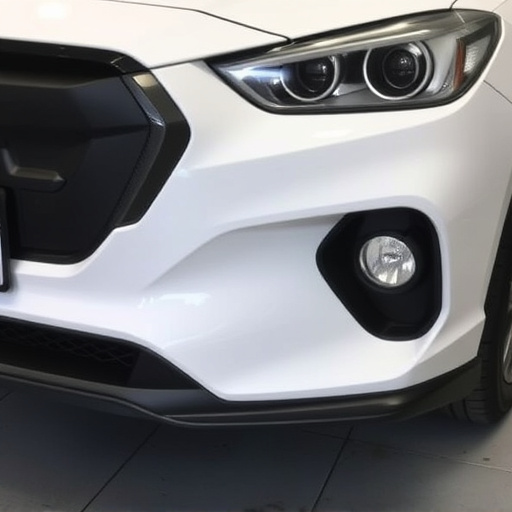
Aluminum has a unique chemical composition that makes it naturally resistant to corrosion. Its surface forms an protective oxide layer when exposed to oxygen and moisture, effectively shielding the metal from rust and decay. This inherent property is especially advantageous for aluminum body components in vehicles, as they are constantly subjected to varying weather conditions. Unlike steel, which requires additional coatings or treatments, aluminum’s natural corrosion resistance makes it a preferred choice for automotive manufacturers looking to reduce weight and enhance performance without compromising durability.
This protective oxide layer isn’t just a passive defense; it actively prevents the penetration of harmful elements. Even when scratched or damaged, the layer quickly regenerates, ensuring continuous protection. This self-healing ability further underscores aluminum’s reliability in demanding environments like automotive applications, where tire services, vehicle paint repair, and maintenance are frequent occurrences. Consequently, aluminum body components offer a sustainable and cost-effective solution for consumers seeking reliable vehicles that can withstand the test of time without compromising aesthetics or structural integrity.
Common Aluminum Body Components and Their Roles
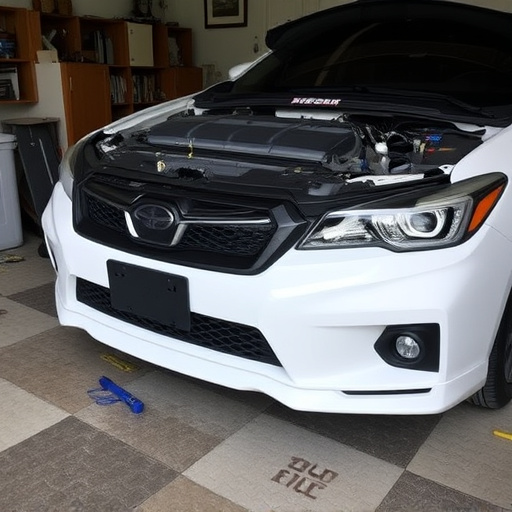
Aluminum body components have become integral parts of modern vehicles, offering a range of benefits, notably corrosion resistance. These lightweight materials are strategically incorporated into various sections of the vehicle, including the panels, frames, and engine components. Their role in auto body repairs and vehicle bodywork is significant as they enhance structural integrity while reducing weight, leading to improved fuel efficiency.
In car bodywork, aluminum’s durability and resistance to rust make it an ideal choice for exterior panels. From door shells to fenders, these parts safeguard against environmental factors, ensuring the vehicle maintains its aesthetic appeal over time. Moreover, aluminum body components facilitate easier repairs and replacements in case of damage, contributing to cost-effective and efficient car bodywork solutions.
Enhanced Durability: Coatings and Alloy Choices for Aluminum Body Components
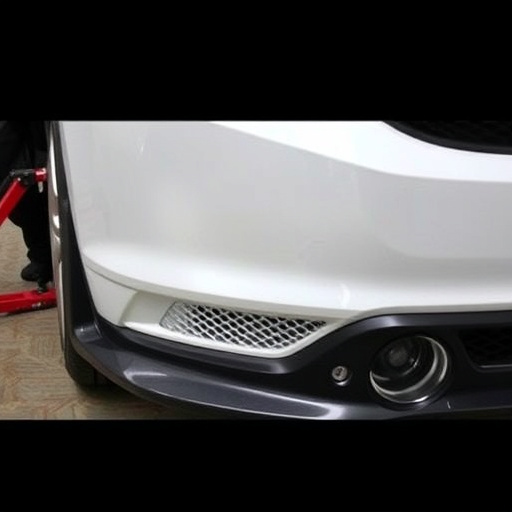
Aluminum body components offer enhanced durability thanks to advancements in both coatings and alloy choices. Coatings play a crucial role in protecting aluminum from environmental elements, preventing corrosion that can weaken structures. Modern technologies have led to innovative protective layers that not only withstand harsh conditions but also provide aesthetic benefits, ensuring aluminum body components maintain their luster and integrity over time.
In addition to coatings, strategic alloy selections further bolster the resistance of aluminum body parts. Specialized alloys incorporate elements like magnesium and copper, enhancing both strength and corrosion resilience. This combination makes aluminum a superior choice for automotive applications, where it can effectively withstand the rigors of daily driving, as well as potential incidents like hail damage repair or vehicle collision repair in car body shops.
Aluminum body components have proven their worth in the automotive industry due to their exceptional corrosion resistance. By understanding the natural properties of aluminum, leveraging specific alloy choices, and employing protective coatings, manufacturers can ensure these components stand the test of time. This article has explored these key strategies, highlighting how they contribute to the enhanced durability of aluminum body parts, making them a reliable and sustainable choice for modern vehicles.

